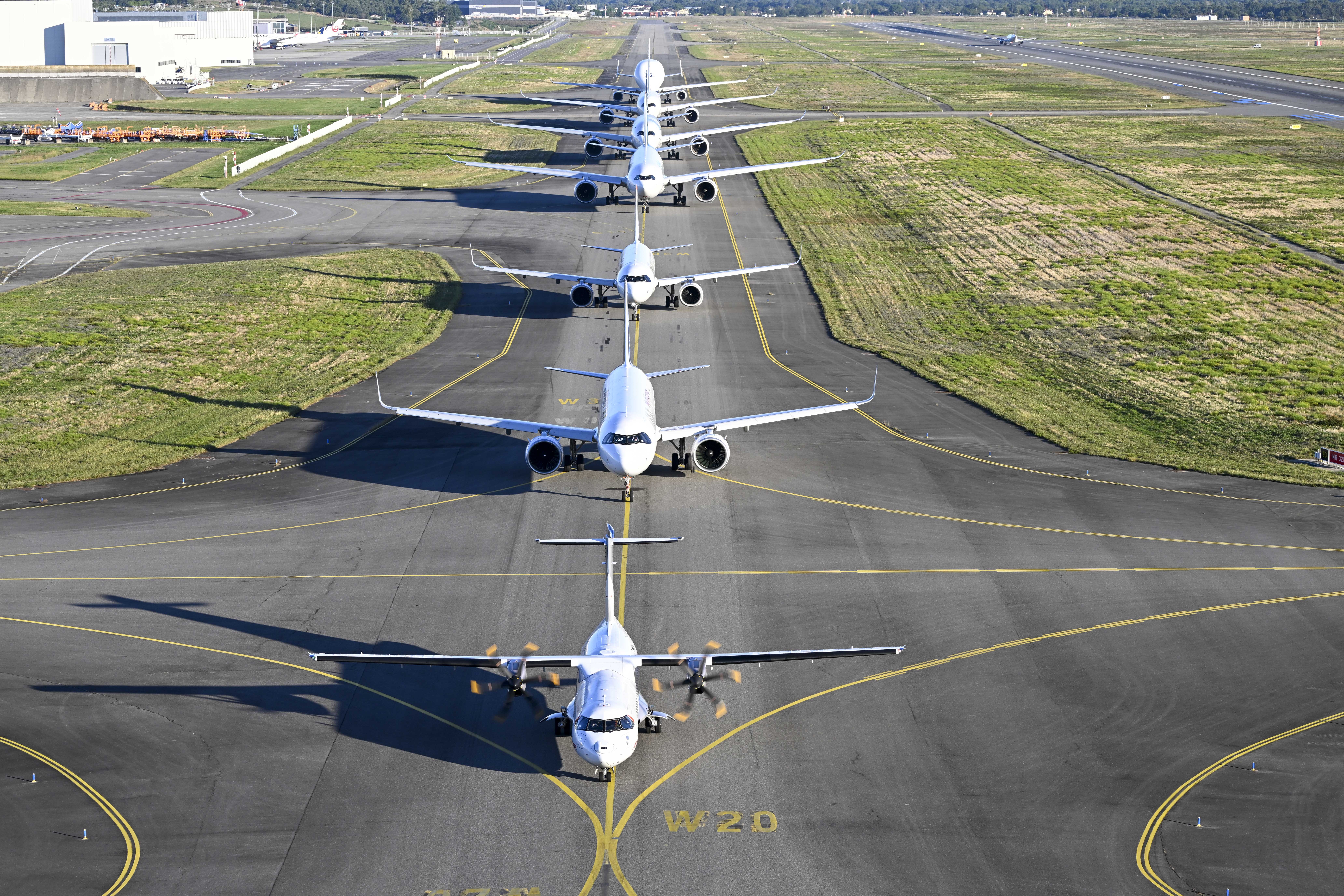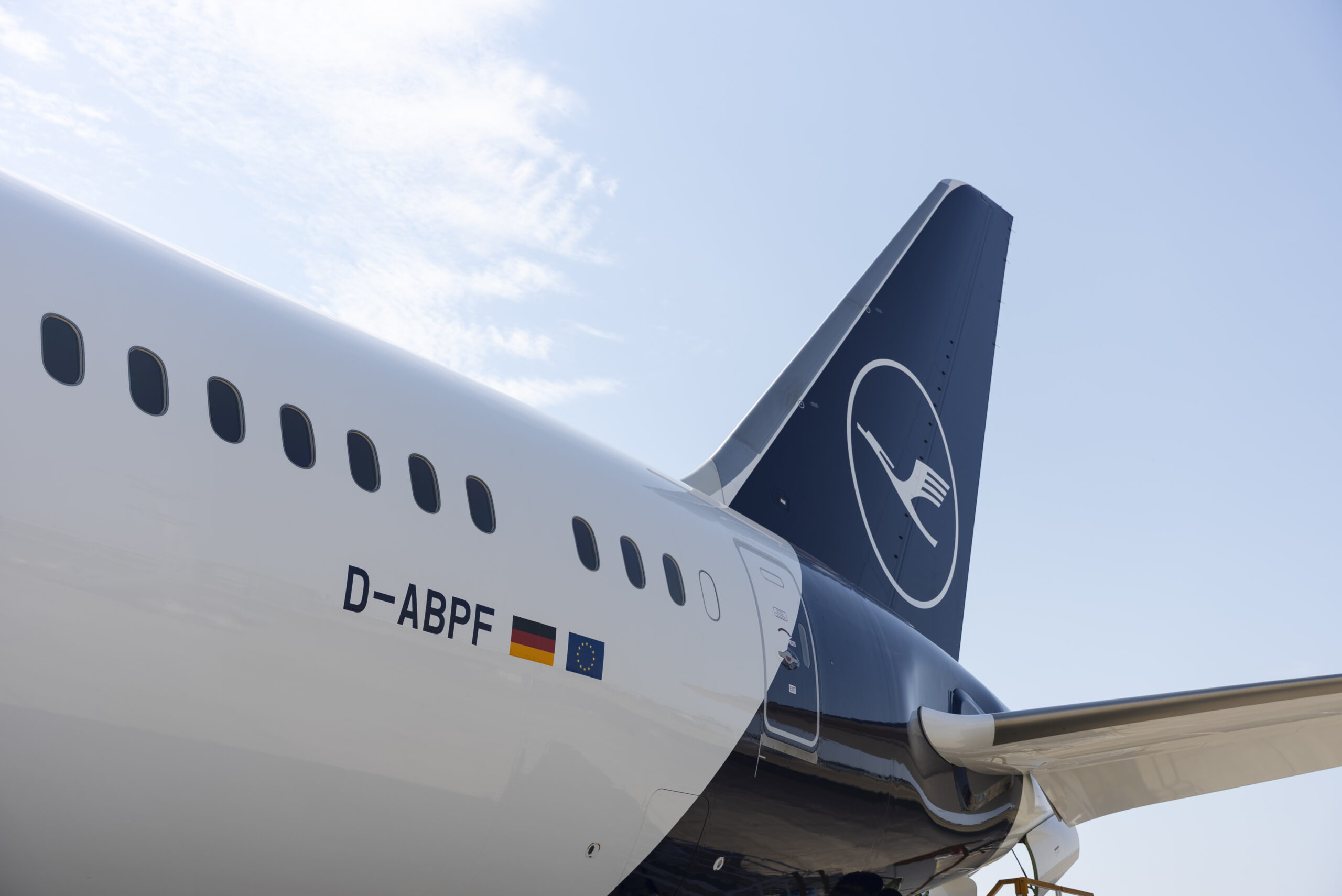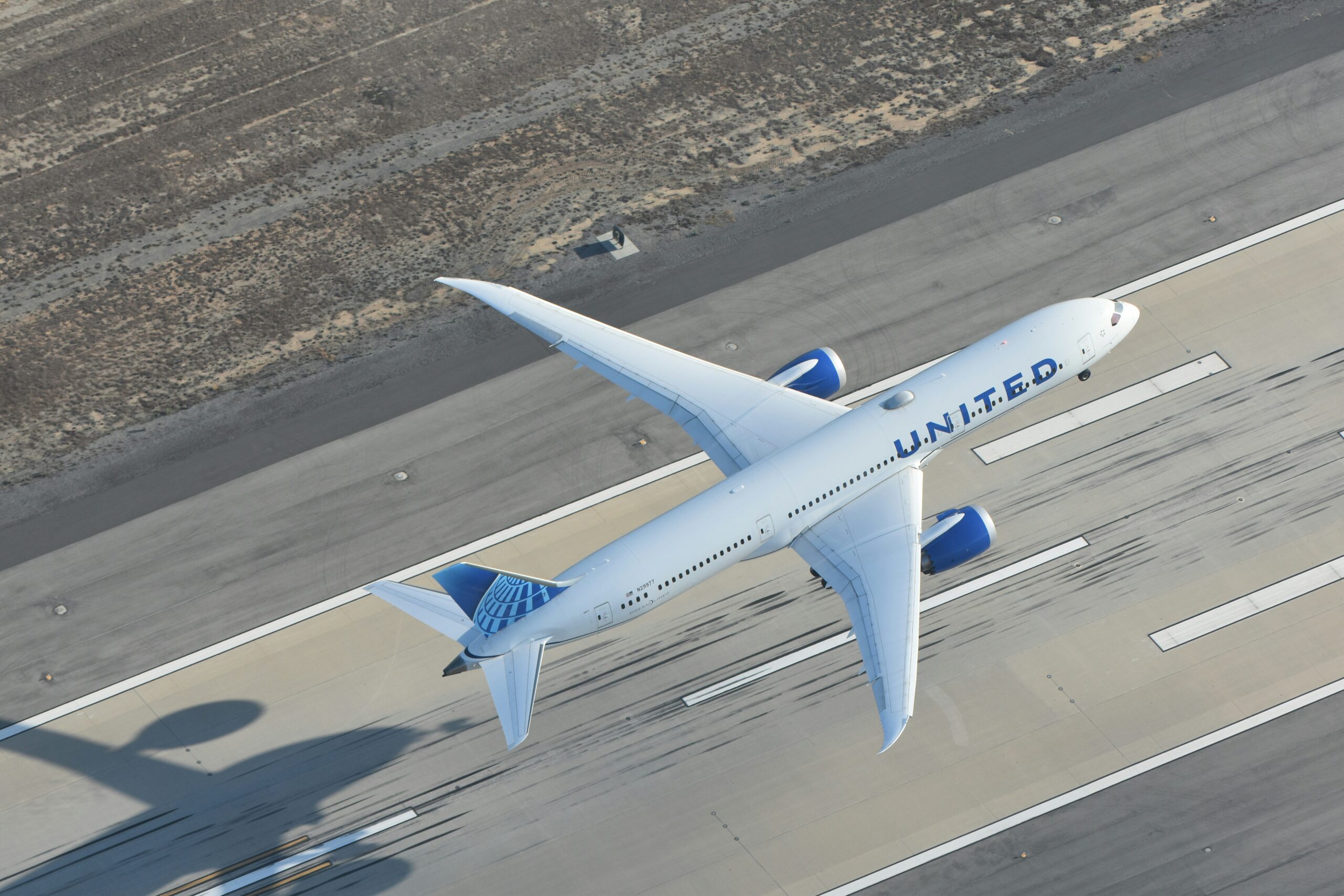European aviation giant Airbus announced it delivered 766 new aircraft in 2024, more than double the number of deliveries posted by Boeing, which handed over just 348 planes last year.
The news underscores another year of woes for Boeing, marking the fifth year running that Airbus has outproduced its US rival.
The two companies are the dominant players in the global market for commercial airliners. But over the last half-decade, Airbus has steadily outproduced Boeing, both in deliveries and in new orders for their aircraft.
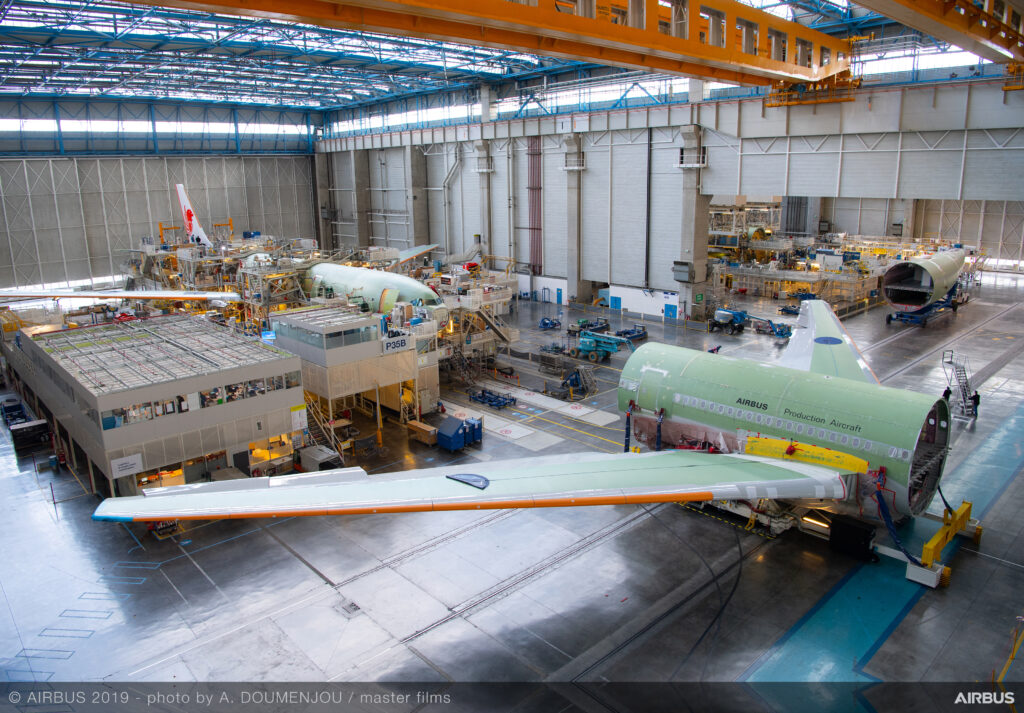
Photo: Courtesy of Airbus / Alexandre Doumenjou – Master Films
The last year that Boeing filled more aircraft orders than Airbus was 2019.
Not coincidentally, that was the year when the latest variant of the venerable 737—the world’s best-selling aircraft—was involved in a pair of fatal crashes that cost 356 lives and put Boeing’s vaunted engineering and quality control under the microscope.
Murphy’s Law Redux
Fast-forward to 2024. The year just past saw a litany of bad news for the $125 billion planemaker. Just when it seemed Boeing might just be coming out from under a cloud of doubt brought on by the 737 MAX debacle, in January, an incorrectly installed door plug blew out on an Alaska Airlines plane climbing through 16,000 feet.
The incident did not result in any loss of life, but it badly shook the trust of the industry—and the flying public.
Once again, production of Boeing’s bread-and-butter 737—which had been capped at 38 units per month—was throttled back, and the manufacturer and its systems were brought under renewed scrutiny by regulators.
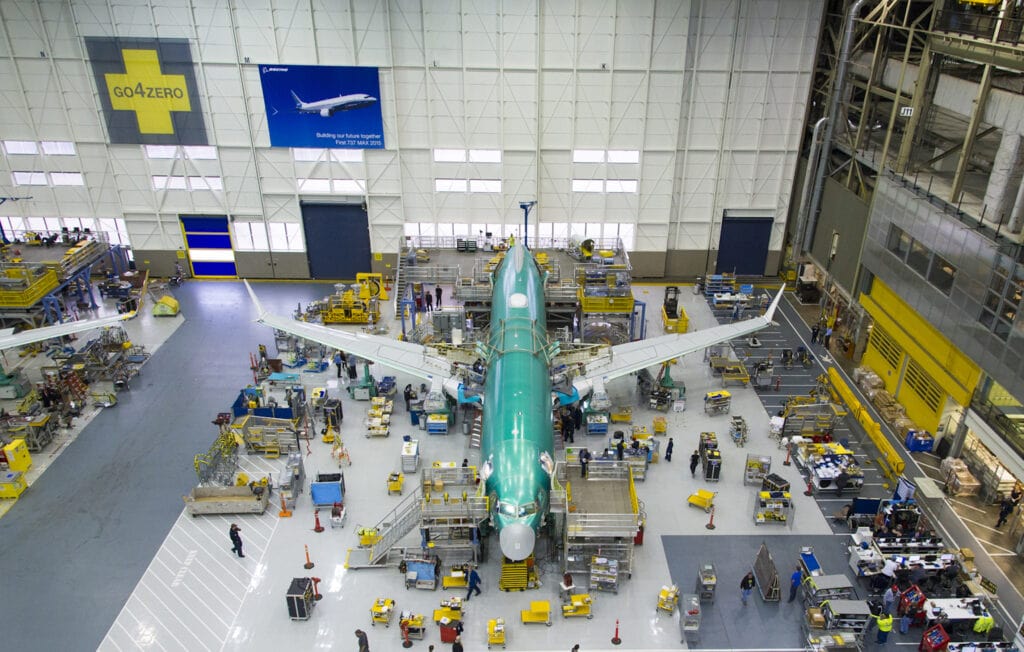
Photo: Boeing’s Renton Factory, First 737 MAX. Courtesy of Boeing Commercial Airplanes
Still bleeding cash from slowing deliveries and various crash-related legal settlements, in August, Boeing brought on a new CEO, Kelly Ortberg from Rockwell Collins, who was tasked with launching an extensive overhaul of its safety and quality processes and setting the company aright.
As part of that restructuring, the company reacquired the bulk of Spirit AeroSystems, a major supplier that had once been part of Boeing. Most observers agree the move should help smooth production and ensure greater quality oversight. However, the $8.3 billion deal is another drag on Boeing’s balance sheet and further complicates the industry’s recovery because of Spirit’s ties with Airbus.
Delivery schedules again took a hit in the fall, as the company faced a seven-week strike by a frustrated machinists union whose wage and benefits demands had been on hold for years. With a new contract in place, the company is once again ramping up production but faces an uphill climb in the year ahead.
Shell Games in the New Year
Boeing has bid a not-so-fond farewell to a turbulent 2024, but the effects will likely ripple through the travel industry and beyond to the broader global economy. The duopoly in commercial aircraft production is still intact, but if either of these two aerospace giants is not pulling its weight —as in this instance, Boeing isn’t—the impact for the airlines flying these planes is far-reaching.
Between the two airframe manufacturers, the backlog of orders at the end of 2024 totals over 14,000 undelivered units, with timeframes extending well into the 2030s. So, there’s still a long runway to sustain both Boeing and Airbus.
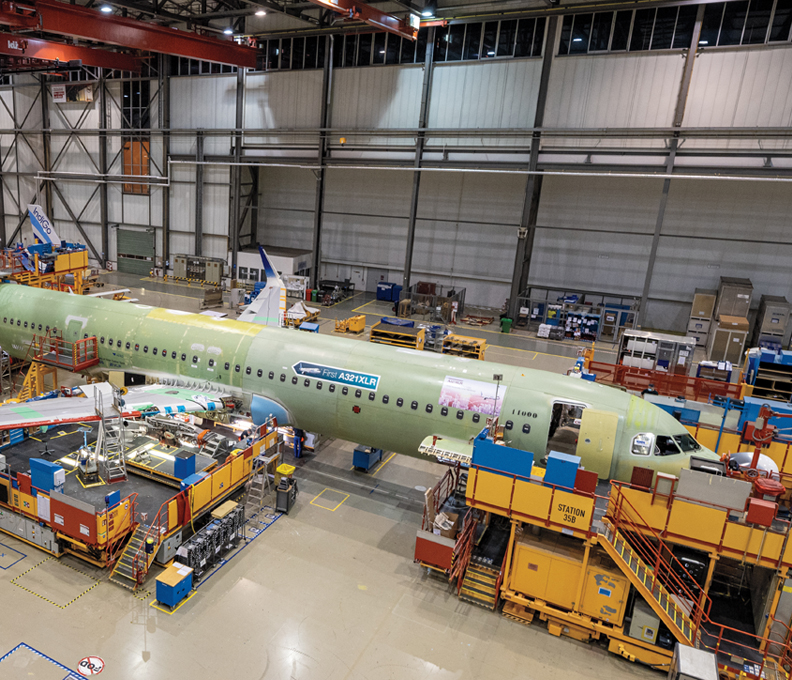
The first Airbus A321XLR on final assembly at the main Airbus factory in Toulouse, France / Photo: Courtesy of Airbus S.A.S./Stefan Kruijer
But airline strategic planning needs certainty. Decisions about fleet and capacity are intertwined and made decades in advance, so the entire industry is forced to scramble to meet demand when aircraft deliveries are delayed, not by a few months but by years. Witness the fallout from the 737 MAX grounding in 2019.
Big Three Status
Among US carriers, the so-called “Big Three” of American Airlines, Delta, and United are forced to play shell games with future aircraft orders. Boeing’s troubles have pushed previous years’ promised delivery dates—particularly for the 737 MAX family—further out into the future, prompting the three airlines to shift more business to the Europeans.
Delta, which operates nearly 500 Airbus jets, has added 200 more to the A350, A330, A321, and A220 families, including 20 new A350-1000 aircraft, with deliveries expected to begin in 2026.
The newest A350 variant is set to become Delta’s new flagship.
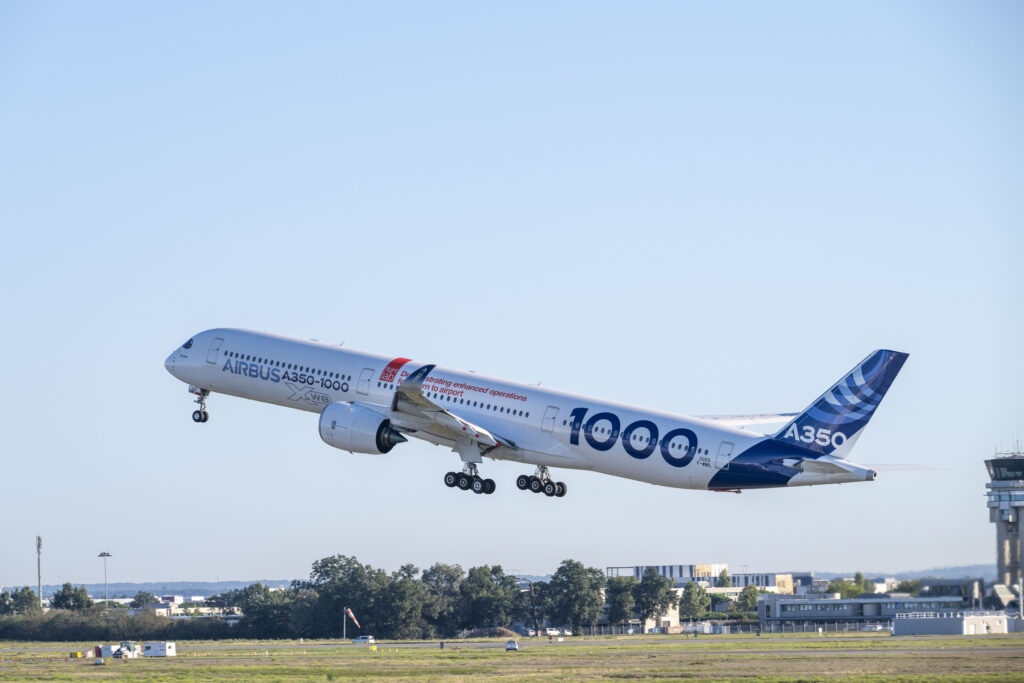
Photo: Courtesy of Airbus / Frederic Lancelot – Master films
In 2022, Delta placed an order with Boeing for 100 of the planemaker’s as-yet uncertified 737 MAX 10s, with deliveries set to begin in 2025. However, certification of the -10, the aircraft’s largest variant, and the smaller -7 variant have repeatedly been delayed, and recent developments suggest that regulators will not clear the plane to fly until late 2026.
This would be a blow to Boeing’s 737 MAX 7 and MAX 10 customers, including American, Delta, Southwest and launch customer United Airlines.
Altogether, the four airlines have signed on for as many as 380 of the aircraft. As Boeing struggles to meet certification requirements, those carriers must find other flying machines to operate.
Meanwhile, in the widebody category, Airbus delivered a total of 76 A330s and 13 of the newest A350-1000 variant, while Boeing’s 787 family —which faced its own series of quality control issues—handed over 51 aircraft and one lone 777-300ER, its first in over two year.
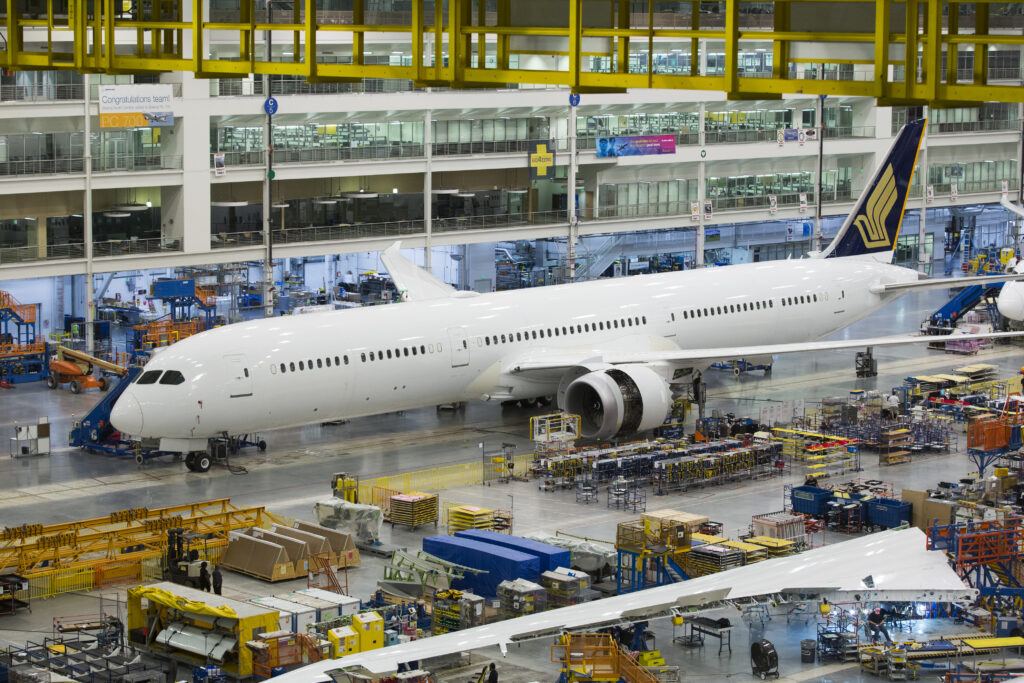
Photo: Boeing 787-10 Dreamliner in final assembly. Courtesy of Boeing
The airframe had originally been destined for China Southern but was never taken up, and after five years in storage, the aircraft is now flying with Ethiopian Airways livery.
However, Boeing recently announced that it is restarting its 767/777 production lines to fill the backlog of freighter orders. It will also be home to the long-overdue Boeing 777X, which Boeing says will restart test flights sometime early this year.
2025 and Beyond
Although Boeing is slowly wrangling its quality and design problems and settling its labor issues, it still faces an uphill climb in 2025, regaining the trust of aviation regulators, ramping up production, and working through certifications on three of its major projects.
With air travel demand rising and both Airbus and Boeing lagging in fulfilling their backlog of orders, airlines around the world may be forced to look farther afield for who may join the exclusive club of aircraft manufacturers.

Photo: Courtesy of Embraer
Brazil-based Embraer, which has a reputation for quality small commercial jets, has floated the idea of designing and building larger, longer-range aircraft to compete with the likes of the A321 and 737.
Another player could be China’s government-owned COMAC, which is already flying its narrowbody C319 and has a widebody C329 in development.
But for the present, the Airbus-Boeing duopoly remains dominant. Barring any more black swans, Boeing is looking forward to getting production in the year ahead back up to at least its 2023 level, when it delivered 528 commercial jets. That’s still well behind what Airbus is projecting, but at least keeps Boeing in the game.

